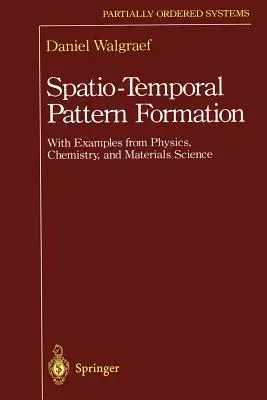Daniel Walgraef
(Author)Spatio-Temporal Pattern Formation: With Examples from Physics, Chemistry, and Materials Science (Softcover Reprint of the Original 1st 1997)Paperback - Softcover Reprint of the Original 1st 1997, 27 September 2012

Qty
1
Turbo
Ships in 2 - 3 days
In Stock
Free Delivery
Cash on Delivery
15 Days
Free Returns
Secure Checkout
Part of Series
Partially Ordered Systems
Print Length
306 pages
Language
English
Publisher
Springer
Date Published
27 Sep 2012
ISBN-10
1461273110
ISBN-13
9781461273110
Description
Product Details
Author:
Book Edition:
Softcover Reprint of the Original 1st 1997
Book Format:
Paperback
Country of Origin:
NL
Date Published:
27 September 2012
Dimensions:
23.39 x
15.6 x
1.7 cm
ISBN-10:
1461273110
ISBN-13:
9781461273110
Language:
English
Location:
New York, NY
Pages:
306
Publisher:
Series:
Weight:
449.06 gm

